DNA breakthrough: North Adelaide rape suspect arrested
AN ENFIELD man, allegedly linked by new nation-first DNA technology to a “horrendous rape” in North Adelaide in 2012 and another assault has been refused bail.
AN ENFIELD man, allegedly linked by new nation-first DNA technology to a “horrendous rape” in North Adelaide in 2012 and another assault has been refused bail.
Chilling allegations of a “horrendous” rape were read to the Adelaide Magistrates Court on Friday as prosecutors said further DNA investigations were being tested for links to other similar sexual crimes.
The 56-year-old Enfield man faced court charged over the assaults in North Adelaide where a woman, 23, was assaulted on Gover St on September 6, 2012, and another woman, 21, who was assaulted on November 23 that year at Pennington Tce.
Police linked DNA samples taken from the crime scene using a “familial” search which identified the suspect as a close biological relative of an offender whose DNA was in the national register.
During the November 23 incident, a woman was walking past St Peters Cathedral about 2am when a man sitting on the church steps grabbed her from behind and dragged her into the grounds of the church.
She managed to break free and run away.
In the earlier incident on September 6, a 23-year-old woman was sexually assaulted after she was attacked while walking east along Gover St about 12.10am.
The man is yet to plead to three counts of engaging in sexual intercourse without consent and assault with intent over the cowardly attacks.
Prosecutor Aaron Galwey told the court that on the day of his arrest on Thursday, the man had admitted to being at the scene of the alleged crimes but claimed he did not do anything illegal.
“On the 23rd of July he admitted having sex with her (the 23-year-old) but says it was consensual,” he said.
“He admitted she was a stranger.”
Sen-Sgt Galwey said the man had told police the second incident was not sexual and involved a scuffle between himself and the 21-year-old woman.
He said the man had also been spotted stalking another woman along the River Torrens but, when he was spoken to by police, claimed he was going for a walk.
The court heard a DNA sample has been taken from the man and is being analysed.
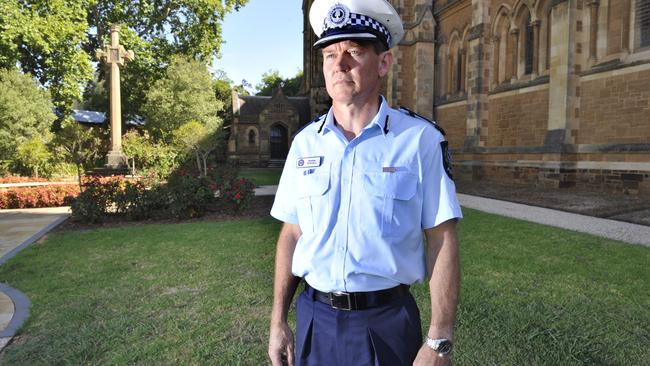
Earlier on Friday, Assistant Commissioner Linda Fellows said it was believed to be the first time the “familial” DNA technology had led to criminal charges being laid in South Australia.
“This type of DNA searching is complex and painstaking and as such it has taken a great deal of time,” she said.
“FSSA has done an outstanding job in helping detectives achieve a breakthrough in this case.
She said investigators had used DNA samples from a relative of the man to link the two assaults.
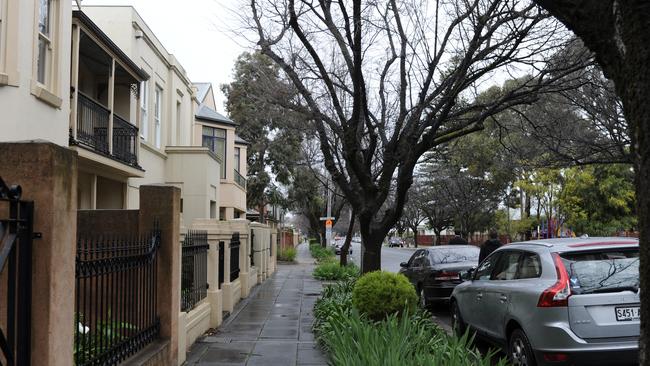
Police have described the attack as a “horrendous crime”.
Police say they used a sophisticated DNA technique to help compile evidence after obtaining DNA from both crime scenes.
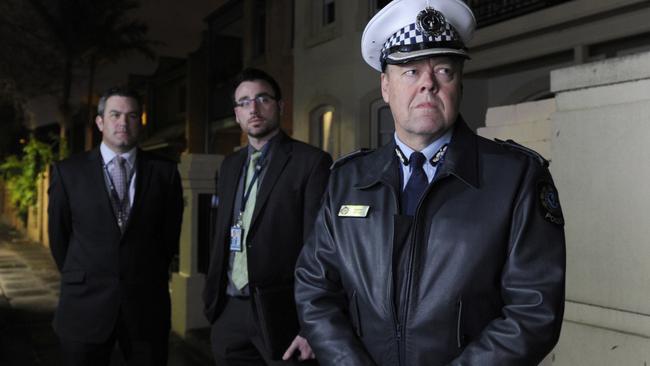
Police say there was no direct match on the national DNA data base.
However, detectives worked with experts from Forensic Sciences of South Australia (FSSA) to determine if a “familial” match could be made.
Familial searching can identify close relatives, such as siblings, a parent or a child as they have genetic data in common.
Police said detectives were able to match the DNA from the crime scenes with that of a close relative of the accused.
The relative’s DNA had been previously recorded on the national database.
Police said it was not appropriate to disclose what the familial link was, nor what offences led to the relative’s DNA being on the database.

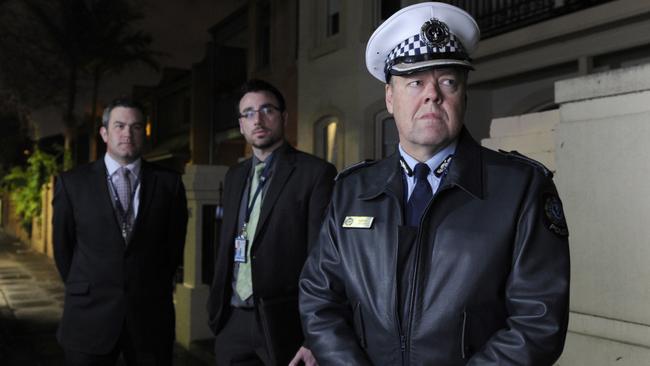
Assistant Commissioner Fellows said police were very pleased they had finally caught the man they believed was responsible for the heinous crimes.
“This is a really good result in terms of public safety, people should feel really pleased that we’ve been able to arrest someone over such serous offences,” she said.
“These investigations have been ongoing for time some time and we’ve known there has been a link (between the rapes) but we haven’t been able to arrest anybody so we’re very pleased to do so.”
Asst Comm Fellows said the investigation continued into the North Adelaide rapes and police would examine other incidents of sexual assault to determine if there were any links between them and the arrested man.
She urged women to remain vigilant at night, especially if they were walking alone.
“Our advice for anybody who is out late at night in areas such as North Adelaide or anywhere else is to be alert and just be aware of your surroundings,” she said.
“Being out late at night walking alone in dark areas can result in these sort of incidents because there are people in the community who want to take advantage of people.
“So our advice is the same to everybody if you are going to walk around late at night be with other people and walk in lit areas.”
Forensic Science SA Director Chris Pearman said technological advancements in the past year had helped his team of around 40 make the breakthrough for SA, which they delivered about three weeks ago.
“Over the last 12 months we’ve developed some sophisticated algorithms which we’ve used in our developed in our laboratory in conjunction with the forensic science laboratory in Auckland,” he said.
“This software is called Starmix ... one of the spin-offs is it gives us greater searching capabilities.
“Sometimes we can get a close match so it’s not an exact match but it’s a close match and that suggests that the person on the database is related to the person who left the DNA at the crime scene.
“Relationships such as parent child or siblings have a much greater chance of having similar DNA profiles than unrelated people.”
Following the Gover St attack, police urged North Adelaide residents to form a united front in a bid to prevent any more sexual assaults.
The community called for increased lighting across the suburb to work as a deterrent for late-night crime and North Adelaide started a new Neighbourhood Watch Group.
About 20 people attended the renewed Neighbourhood Watch Group meeting which was held in February 2013.
Magistrate Harrap refused the man bail and remanded him in custody.
He will appear again in October.
Members of the public who have any information regarding these incidents are urged to call Crime Stoppers on 1800 333 000 or online.
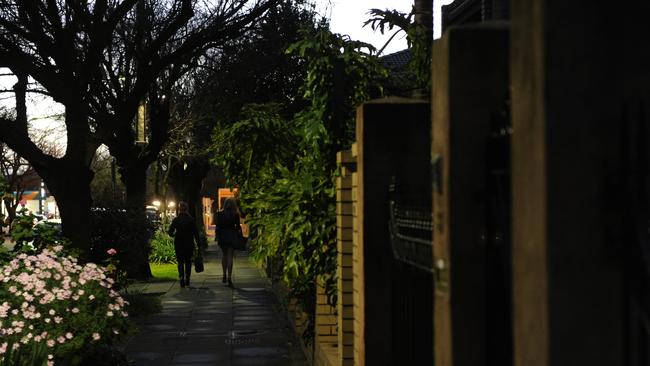
Previous neighbourhood watch groups had disbanded in the area during periods of low crime.
Kathleen Lumley College professor Felix Patrikeef had been pushing for more lighting following a string of assaults in the neighbourhood in 2011.
Adelaide City Council installed better lighting in Childers St and Gover St West in response to the attacks.
But the Women’s and Children’s Hospital wanted more lighting in the parklands to protect its nurses who had to walk to their homes or cars in the dark.
Nurses from the Women’s and Children’s Hospital started arming themselves with makeshift-weapons for protection on their walk to and from work.
Nurses were carrying scissors, hairspray cans and whistles for protection as they walked alone through the parklands to their homes and cars because of a lack of parking near hospitals.
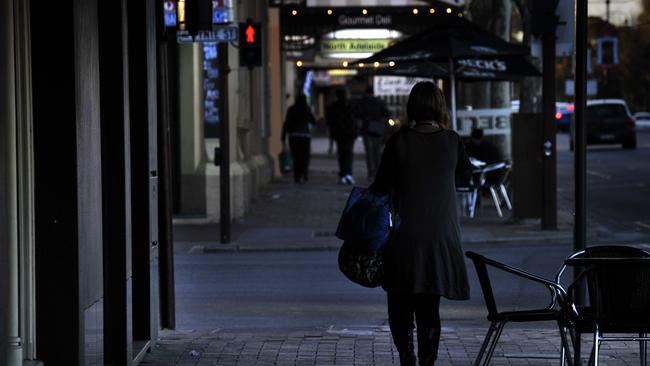
The hospital also employed guards to escort staff to cars after shifts following a series of sexual assaults in North Adelaide dating back to 2006.
The hospital backed calls for better lighting in the parklands.
Members of the public who have any information regarding these incidents are urged to call Crime Stoppers on 1800 333 000 or online.
